There’s a lot of talk about carbon and ecological footprints, but what are they and how do you start?
Basically a footprint assessment aims to calculate an organisation’s (or in some cases a product’s) direct and indirect use of natural capital assets (i.e. inputs provided by nature) and/or its contribution to one or more forms of pollution. A carbon footprint concentrates on measuring the emission of man made greenhouse gases (including carbon dioxide, methane and a number of others as defined by the GHG Protocol – a global measurement standard developed as part of the World Resources Institute and World Business Council for Sustainable Development and aligned with the measurement objectives of the Kyoto Protocol).
For many services based organisations it is relatively simple to calculate direct emissions based on use on use of fuel (e.g. by fleet vehicles or building generators). These are called “Scope 1” emissions under the Protocol. For industrial firms, consumption or creation of the full range of GHGs needs to be considered.
Scope 2 emissions are associated with purchased electricity, heat or steam. These are generated by a third party organisation and it’s necessary to understand how they have been produced (black coal, brown coal, oil, gas, wind, hydro) and in what proportion to in turn decide upon an appropriate coefficient to apply to consumption units such as kWh and in turn determine the associated emissions. Fortunately, many state governments have taken the guess work out of this process and publish official coefficients.
Finally, Scope 3 emissions deal with emissions arising because of the organisation’s activities that are not within the organisation’s control. This is where it gets a bit complicated because at its logical extent it involves understanding the emissions associated with every step of your organisation’s upstream supply chain right back to the extraction of the raw materials and all intermediate processing steps. And not just main suppliers, but everything from office supplies and computers to your use of taxis and flights.
If you’re considering the footprint of a product, you also need to follow the supply chain downstream and look at the emissions associated with all life cycle stages including shipping and distribution (including packaging), lifetime use of the product and end of life disposal.
The bad news is that fully determining Scope 3 emissions and undertaking a full product life cycle assessment can be extremely challenging. In some cases the science and standards are still developing around measuring the impact of different activities. The process also involves the cooperation and effort of numerous organisations who must all be consistently applying a common measurement framework.
Moving beyond GHG emissions and looking at the organisation’s broader impact on the planet’s limited natural capital resources is even harder. Here the Global Reporting Initiative’s measurement standards for ecological footprint reporting are a good place to start.
However, armed with this information an organisation can start to understand how they can reduce their footprint and what changes and innovations will generate the best bang for buck environmentally. They can use their measurement data to benchmark against peer organisations, track their progress towards footprint reduction, and communicate their success to current and potential customers. As awareness of environmental issues grows, more customers and regulators will be demanding comprehensive footprint data.
Talk to Adaptive Capability today for help with starting to measure your footprint or to understand best practice measurement standards.
David.McEwen@AdaptCap.com






